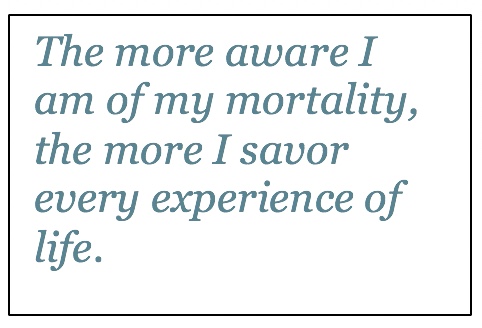Haifa Kathrin Al-Ali, MD, discusses the safety and efficacy findings from the dose-escalation portion of the phase 1/2 CA011-023 trial of BMS-986158 in combination with ruxolitinib or fedratinib in patients with intermediate- or high-risk myelofibrosis.
Haifa Kathrin Al-Ali, MD, professor of Translational Oncology and head of the Krukenberg Cancer Center at the University Hospital of Halle (Saale) in Germany, discusses the safety and efficacy findings from the dose-escalation portion of the phase 1/2 CA011-023 trial (NCT04817007) of BMS-986158 in combination with ruxolitinib (Rituxan) or fedratinib (Inrebic) in patients with intermediate- or high-risk myelofibrosis.
BMS-986158 is a potent, oral BET inhibitor. In the dose-escalation phase, the agent was evaluated in combination with ruxolitinib in ruxolitinib-naïve patients for part 1A, and in combination with fedratinib in patients who were refractory/relapsed or intolerant to prior ruxolitinib for part 1B. The dose-expansion portion of the study, which will open for enrollment soon, will evaluate BMS-986158 at the recommended phase 2 dose or the previously tolerated dose in combination with ruxolitinib in parts 2A1 and 2A2, and with or without fedratinib in parts 2B1 and 2B2.
Data from the dose-escalation portion of the trial presented at the 2023 EHA Congress showed that both BMS-986158–based combinations had tolerable safety profiles, Al-Ali says. The most common adverse effects (AEs) included thrombocytopenia and gastrointestinal (GI) toxicities, including diarrhea and nausea. GI AEs were generally mild and did not lead to treatment discontinuation in any patients, according to Al-Ali.
Regarding efficacy, first-line BMS-986158 plus ruxolitinib led to a spleen volume reduction of at least 35% (SVR35) in 73% (95% CI, 39%-94%) of patients at week 12 (n =11), 100% (95% CI, 66%-100%) at week 24 (n = 9), and 80% (95% CI, 28%-100%) at week 48 (n = 5). The mean spleen volume change was –46.7%, –59.9%, and –56.3% at weeks 12, 24, and 48, respectively.
In those given BMS-986158 plus fedratinib in the second-line setting, the SVR35 was 38% (95% CI, 9%-76%) at week 12 (n = 8), 43% (95% CI, 10%-82%) at week 24 (n = 7), and 50% (95% CI, 1%-99%) at week 48 (n = 2). The mean change in spleen volume at weeks 12, 24, and 48 was –29.1%, -30.8%, and -33.0%, respectively.
Evidence for disease modification may have been observed in the form of JAK2 allele burden reduction, which was noted starting in cycle 6 for patients with JAK2 mutations, Al-Ali explains. Additionally, bone marrow fibrosis regression was observed in patients with follow-up bone marrow biopsies, she concludes.


